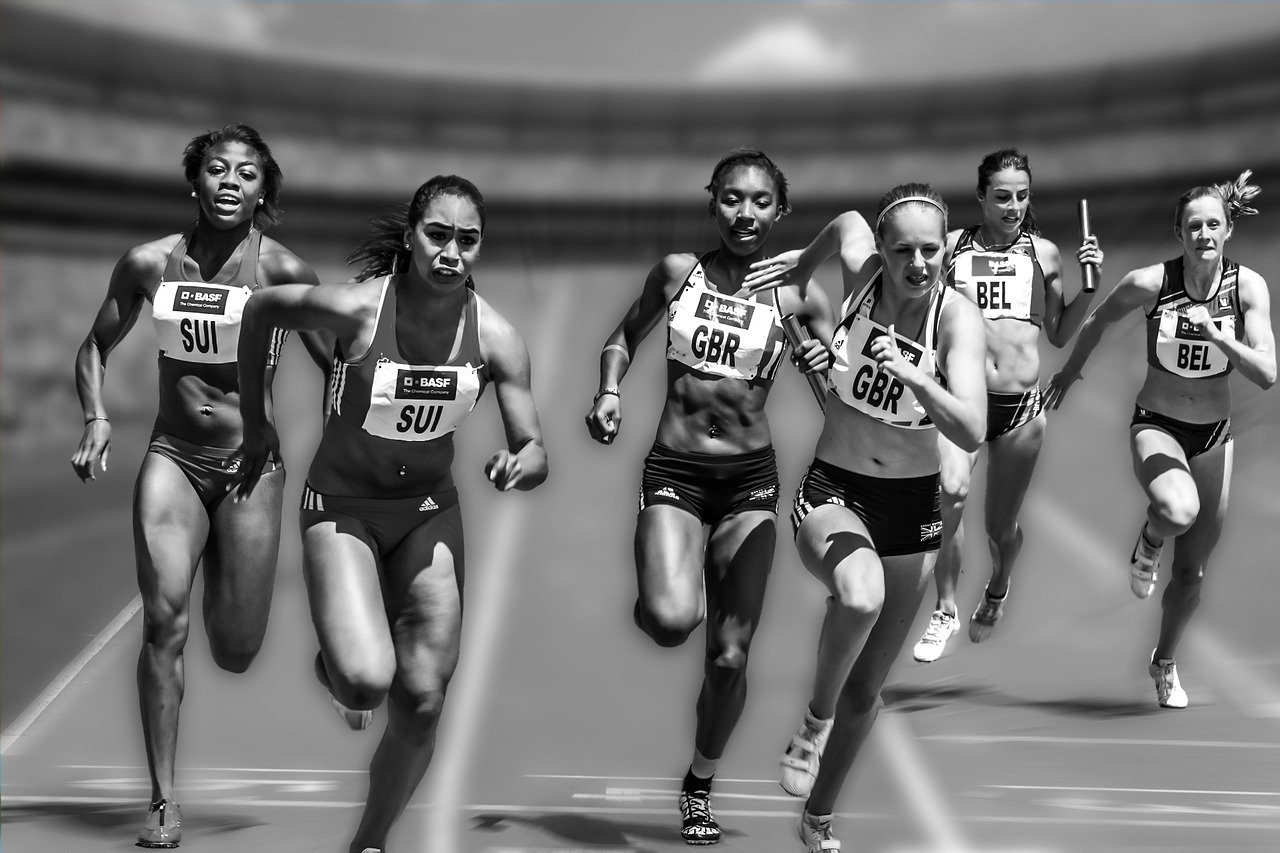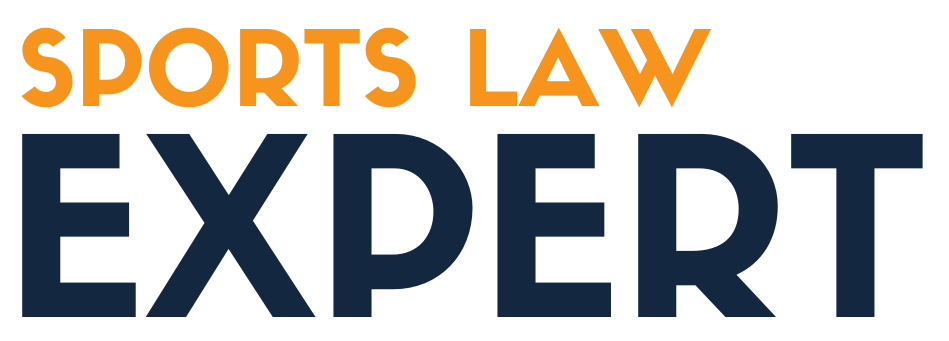University of Miami School of Law Course Focuses on Women in Sports

Part of the University of Miami School of Law’s LL.M. in Entertainment, Arts, and Sports Law, the class covers everything from the fine points of contract negotiations to the landmark Title IX law that opened doors for women and girls in athletics.
By Robert C. Jones Jr.
From the U.S. women soccer team’s decades-long fight for equal pay to player activism and a mock WNBA contract negotiation, the discussions and exercises required Alanna Sadler and her 14 University of Miami School of Law classmates to problem-solve and think critically.
“The simulated contract talks were the most challenging,” said Sadler, a second-year law student who is from Buffalo, New York. “We had to delve into free agency, the salary cap, and the structure of a collective bargaining agreement. We had heard so much about those different elements, so it was an interesting experience to finally work through them.”
The experience Saddler is so enamored with was all part of the course Women in Professional Sports: A Legal, Social, and Business Analysis. Part of the School of Law’s LL.M. in Entertainment, Arts, and Sports Law, the one-week course not only allows students to explore the formation of the first and longest-standing sports labor union for professional women athletes, the Women’s National Basketball Players Association (WNBPA), it also examines the landmark gender equity law Title IX and how its enactment has opened doors for women and girls in education programs including athletics.
And through labor statutes and regulations, the class explores the power of negotiation and how professional women athletes have continued to advance in areas such as athletic employment, social advocacy, and community initiatives.
“You’ll find that law schools offer broadly a sports law course or perhaps a class on the NCAA or a college athletics class. And there may be a session that focuses on Title IX or some of the issues related to that law,” said Greg Levy, director of the Entertainment, Arts, and Sports Law (EASL) program. “But I don’t know of any other law school with a course focusing entirely on women in sports.”
Levy came up with the idea for the course two years ago when he and EASL program leadership formed a Women in Sports Initiative and realized that many School of Law students, especially women, were finding it so difficult to break into the field of sports law that they lost interest and decided to go into other areas of the legal profession.
“By the time they hit their third year, they ended up going in a different direction,” said Levy, who is also associate dean for academic and student services and strategic initiatives. “We got their feedback and learned that part of the reason they lost interest was because of a dearth of opportunities and lack of women role models, and there were also beliefs that the sports industry was still an all-boys club.”
That’s when Levy and Terri Jackson, executive director of the WNBPA)formed a collaboration to create a Women in Professional Sports course. Jackson had long had a vision to partner with a law school and provide experiential learning opportunities with the WNBPA.
“Our approach to educating these students is to take proactive steps to provide education, mentorship opportunities and access to lawyers who can help them pursue a career in sports law, whether it’s immediately after graduating or down the line,” Levy said.
Those mentorship opportunities started on the first day of the inaugural class held in late September, when Jackson served as lead instructor, sharing her insights on the legal and business landscape of professional women’s sports and what it is like to advocate for the athletes.
“We started with soccer because it’s important that we recognize the victories of our sisters across other sports,” Jackson said. As such, she arranged for Becca Roux, executive director for the U.S. Women’s National Team Players Association to conduct a Zoom session about what it was like to help broker the first-of-its-kind collective bargaining agreement that created pay equity in the sport.
Hal Biagas, a former assistant general counsel of the National Basketball Players Association, discussed the history of the WNBA and shared his thoughts on the direction of league-union relations. David Foster, current NBPA deputy general counsel, led a discussion with Joe Lemire, senior writer with SportTechie, and Dave Anderson, CEO of BreakAway Data. Afterwards, students engaged in a spirited debate on the ethics of collecting biometric and performance data through wearable technology.
But the mock contract negotiation was the highlight of the course. During the session, students split up into pairs, with half acting as an agent representing a WNBA player and the other half as a team’s front office. The simulation was based on the league’s upcoming free agency period, and all the negotiations occurred simultaneously, requiring students to respond to changes in real time. “Although hypothetical and for educational purposes only, it was exciting to see the students act as representatives as they attempted to give us a preview of what the upcoming free agency period could look like,” Jackson said.
The Georgetown University law graduate—who during her stint as the WNBPA’s executive director negotiated higher pay, increased maternity benefits for players, and protested fines that were levied against WNBA athletes who wore unauthorized T-shirts in support of Black Lives Matter—said law students who enter the field of sports law face several challenges.
“Underlining everything we do is how women are viewed culturally and how they’re valued and how we need to ensure that they are better valued in the workplace,” she explained. “When it comes to negotiating a new CBA in [the WNBA’s] instance or bringing an equal pay lawsuit in the instance of soccer, we are constantly met with those challenges. It is difficult to talk about women’s sports and the advancements without recognizing that the investment in our sports has not been the same.”
Students entering the field can help change that, which is why the Women in Professional Sports class will be a mainstay in the EASL program, Levy noted.
But it is incorrect to regard sports law as a limited field within the legal profession, he pointed out. “We’re preparing lawyers who are well-versed as business lawyers, first and foremost,” Levy said. “But sports law is not an isolated field. It’s made up of many different substantive areas of law—from labor law, which is obviously a big focus of our course, to antitrust, intellectual property, copyright, and trademark and tax law. We’re preparing students for the range of that,” he added. “We’ve built a sturdy foundation. And as we start to erect the walls of our house and then put in the furniture, we’ve differentiated ourselves because we’re teaching students something about the business of the industry from leading practitioners.”
Sadler said the program is tailor-made for her. She started dancing when she was 3, eventually becoming proficient in styles that ranged from ballet and ballroom to salsa and swing. Throughout the process, she was always fascinated with the way athletic movements were a part of dancing.
The longtime Buffalo Bills fan is currently a legal intern for South Florida’s professional soccer team Inter Miami. “Taking an intensive one-week course where we were dialed into the legal aspects that affect women in sports could not have been more valuable,” she said. “It’s an area of law I’ll be keeping my eyes on.”
The collaboration between the EASL Program and the WNBPA will continue with top-performing students from the class being given the opportunity to join a WNBPA practicum in the spring, working alongside Jackson and her colleagues.
“My hope,” said Jackson, “is to create a clinic hosted at a law school and with the WNBPA as its primary client. This course is the pathway to achieving that goal.”
